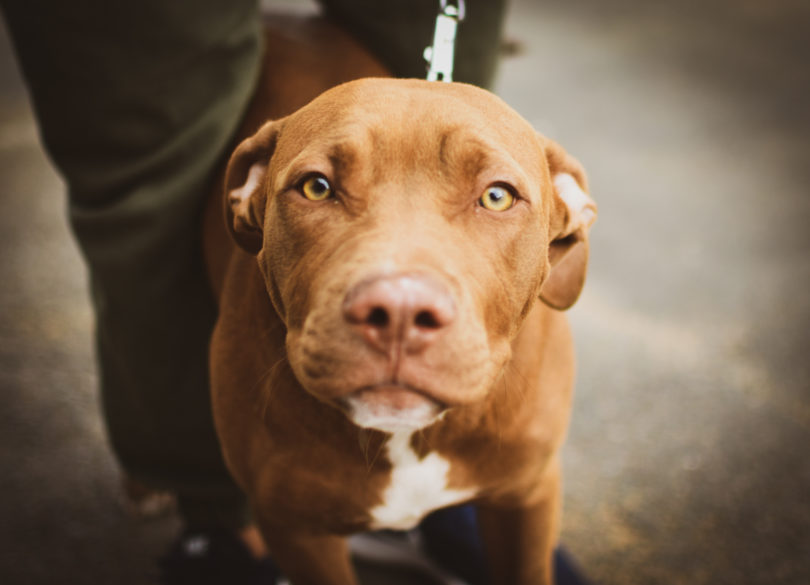We have known for quite some time now that dogs see the world differently than us. However, it is a myth that they only see things in black and white as well as grim shades of grey. On the other hand, we view the world in a full spectrum of colours, from violet to red and everything in between. Dogs do not have some light receptors in their eyes which allow us to see certain colours, especially in the green and red range. They can still see blue and yellow.
When you see something that is orange or red, dogs might just see it as a shade of tan. For instance, a ball that is bright orange might seem like a tan ball to your furry buddy. However, a bright blue ball would appear the same. There is an online image processing tool that allows you to see what things look like if you were a dog.
Animals do not have a spoken language which they use to describe the world around them. But, researchers have trained dogs to touch a colour disk using their nose if they detect a threat. They even trained the dogs to touch a disk which had another colour. It was when the dogs could not determine which disk to press that scientists realized that dogs cannot differentiate between colours despite their attempts at training them. The results revealed that dogs can only see blue and yellow.
As for us humans, our retinas contain three different types of cone-shaped cells which allow us to see a full spectrum of colours. Electroretinography is a technique that the scientists used for measuring how dogs’ eyes reacted to light. It was found that dogs have fewer of these cells. Canines only have two types of receptors, whereas, we have three. It makes a huge difference in how we see the world.
Besides just seeing fewer colours, dogs cannot see as clearly as us. Tests have been conducted to measure the function and structure of dog eyes. They showed that dogs see things as more blurry from a distance. We tend to find a vision of 20/20 to be perfect but for dogs, it is close to 20/75. It means that what we can see from 75 feet away with normal vision, dogs would only be able to clearly see about 20 feet away. Since dogs do not need to read, their visual acuity does not interfere with their life.
Takeaway
Science has proven how we see things differently as compared to our canine buddy. It is important to keep in mind that there is a huge difference in visual ability across different breeds. Greyhounds tend to have a better vision as compared to bulldogs. However, unlike humans who have trouble seeing things clearly in dim light, dogs might be able to see things at dusk and dawn according to scientists. This is due to the fact that dog retinas have a different type of visual receptor and a higher percentage of rod cells.

